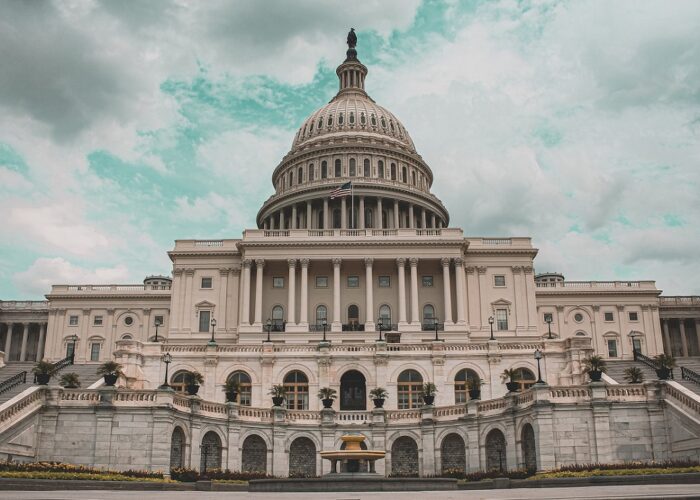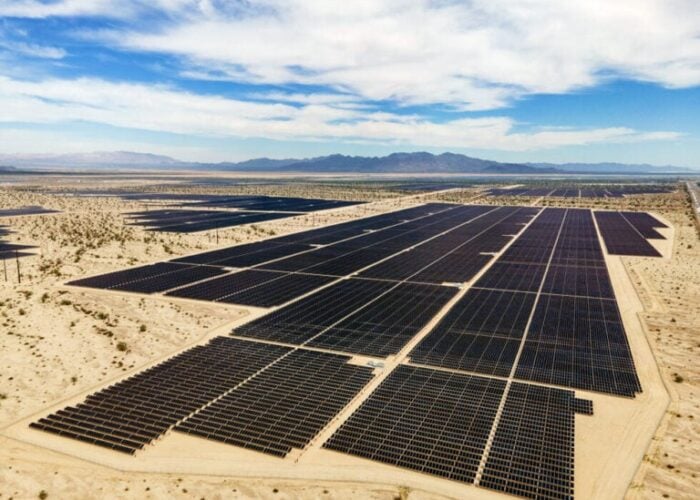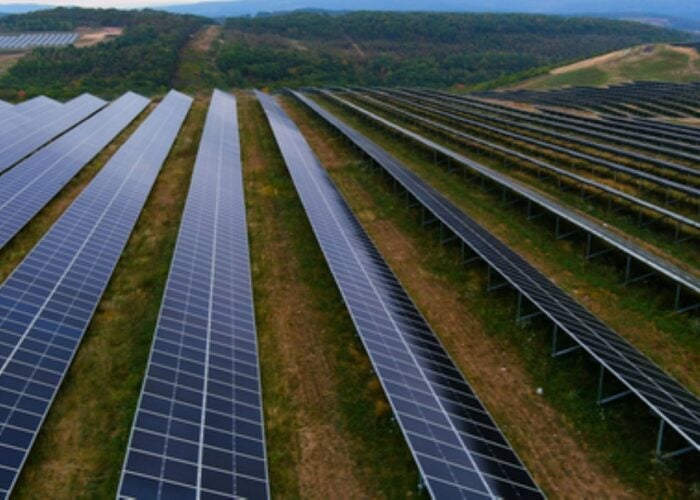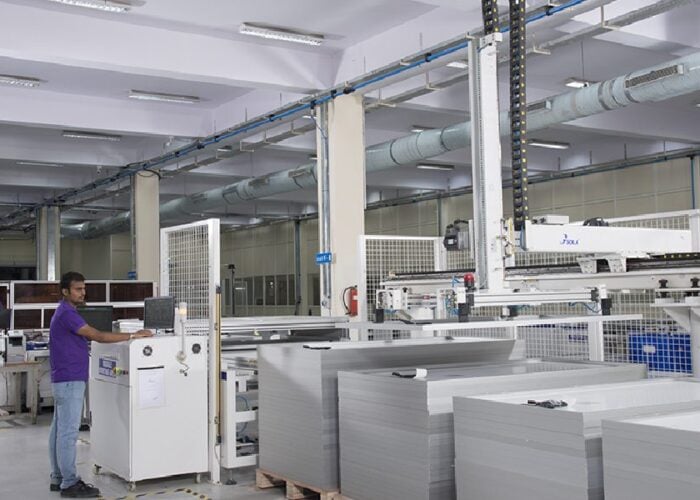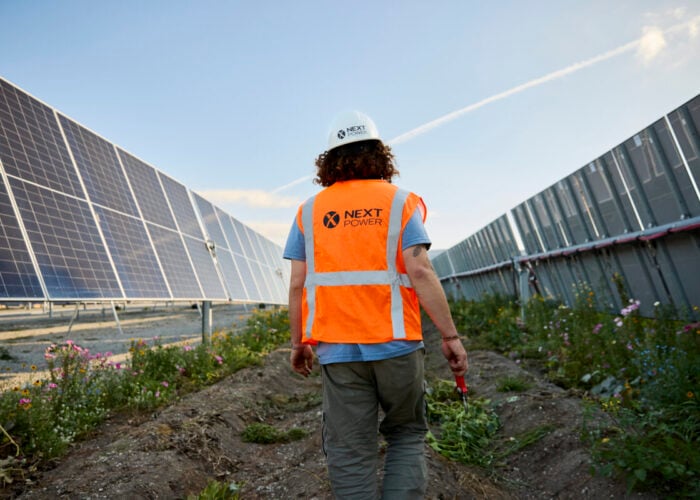
If one word could describe the state of the US solar industry in the past few months, it would most likely be “uncertainty”.
Hot on the heels of Donald Trump’s “One, Big, Beautiful Bill” being signed into law on 4 July, a fresh layer of anxiety was added when, on Monday this week, Trump issued an executive order aimed at tightening restrictions on renewable energy tax credits.
Try Premium for just $1
- Full premium access for the first month at only $1
- Converts to an annual rate after 30 days unless cancelled
- Cancel anytime during the trial period
Premium Benefits
- Expert industry analysis and interviews
- Digital access to PV Tech Power journal
- Exclusive event discounts
Or get the full Premium subscription right away
Or continue reading this article for free
“The executive order is certainly creating concern and anxiety in the market. The reconciliation bill that the President signed was certainly bad for the industry, but it wasn’t as bad as previous versions of the bill that we’ve seen in Congress that had much shorter timelines for commenced construction and made it nearly impossible for projects to access the ITC,” Mike Hall, CEO at solar and storage supply chain platform Anza, told PV Tech.
Among the orders signed by Trump earlier this week is the request to the Secretary of the Treasury to come up with new guidance under the Internal Revenue Service (IRS) regarding the tax credits for renewables. The intention is to tighten up the definition of “beginning of construction” for projects still hoping to qualify for tax credits in the narrow remaining window of opportunity specified in last week’s legislation. The Treasury has been instructed to produce new guidance within 45 days of the enactment of the bill, which is August 17 at the latest.
Hall said that the solar industry was expecting to rely on the 2013 IRS guidance for the definition of “commenced construction”, which allows it to qualify in a couple of different ways. One through continuous on-site construction and the other by incurring 5% of the project’s expense, which is the most common one, Hall added. And there are several ways to incur these 5% of expenses, such as through the purchase of solar modules or by purchasing transformers made specifically for the project.
“[Developers] still need to make a big commitment to the project, but it gives them flexibility,” said Hall, adding:
“With this executive order, developers, IPPs and the industry at large are really concerned and maybe even expecting that the IRS is going to modify that guidance and make it more difficult to qualify for the ITC and get out ahead of the FEOC requirements.”
Despite that possible urgency in the next month and half, Hall said that the good news is there exists “solid precedent and case law” that says if the IRS will issue a new guidance that is adverse to taxpayers (i.e. the project’s company that is taking the tax credit) it “cannot be retroactive to before the date of the new guidance”.
“There is still this window over the next 45 days or so where the industry can even get out ahead of whatever new guidance is coming from the IRS. It’s not a guarantee, but there’s pretty solid legal precedence,” concluded Hall.
He adds that this is not only for companies to try and secure the safe harbour requisite for the investment tax credit (ITC) but also in order to achieve safe harbour ahead of the foreign entity entities of concern (FEOC) requirements. These FEOC restrictions will be enforced to limit the ability to avail of production tax credit (PTC) and ITC incentives if material assistance from prohibited foreign entities exceeds certain thresholds.
“There could be even more reason to buy the modules and get out ahead of that,” said Hall.
On the prospects of equipment becoming scarce as the market rushes to secure tax credits for projects, Hall said:
“A scarcity could emerge, but there is still availability right now. It’s true that there’s both a rush and there’s inventory and a broad oversupply in the market. So, customers are still able to make safe harbour purchases today. That might get more difficult, but right now, there’s still availability.”

